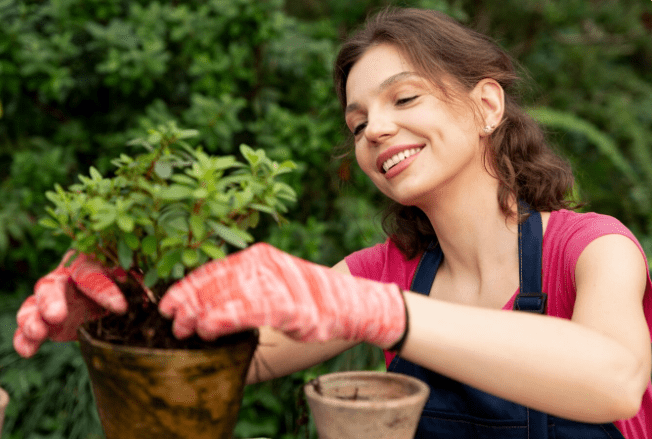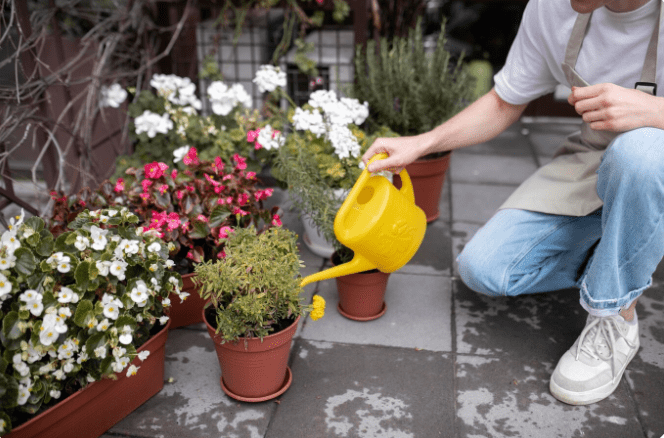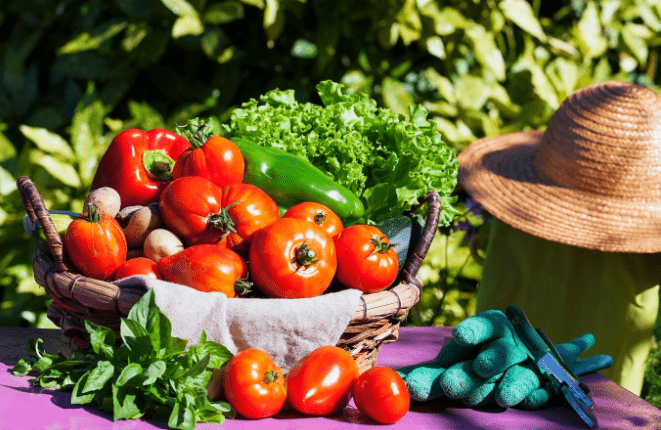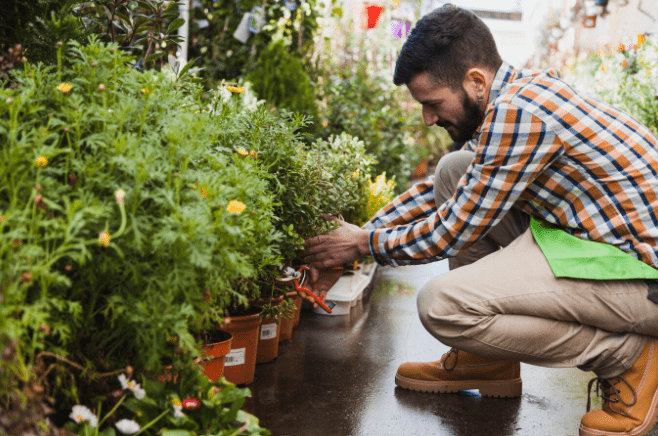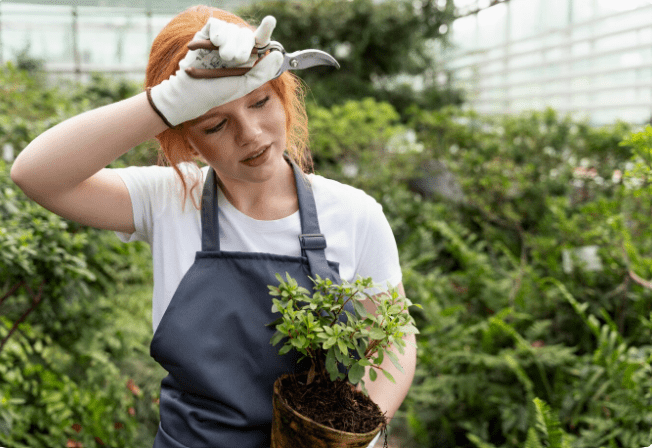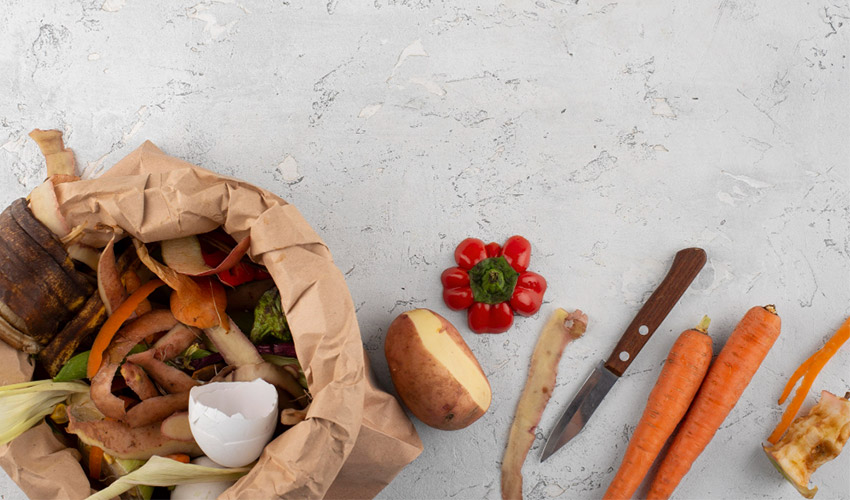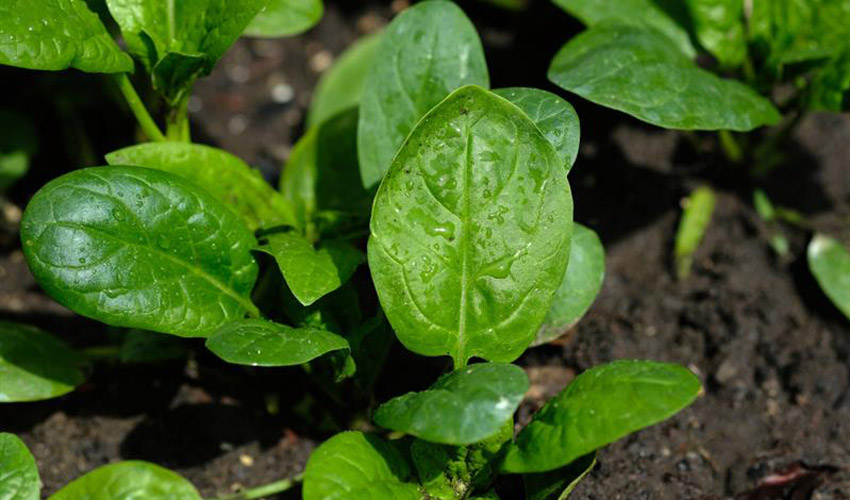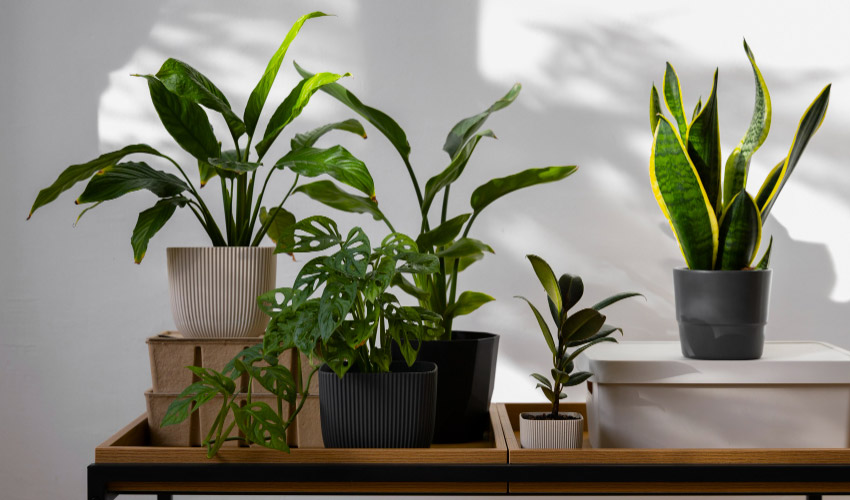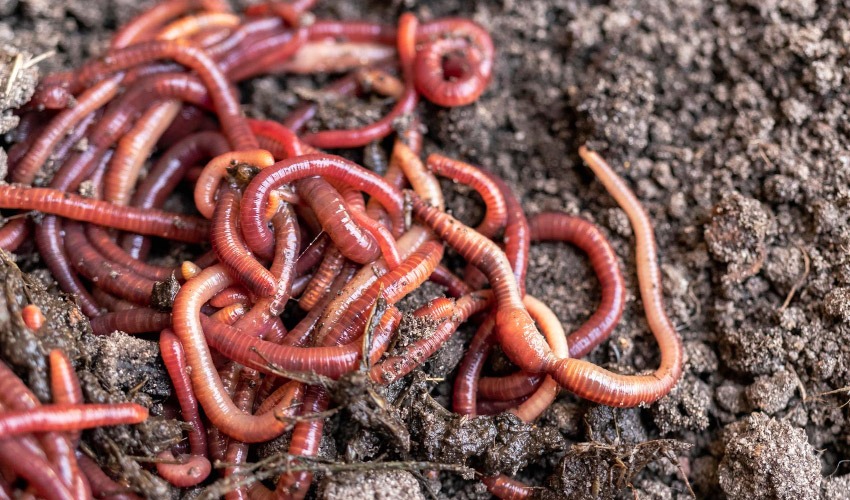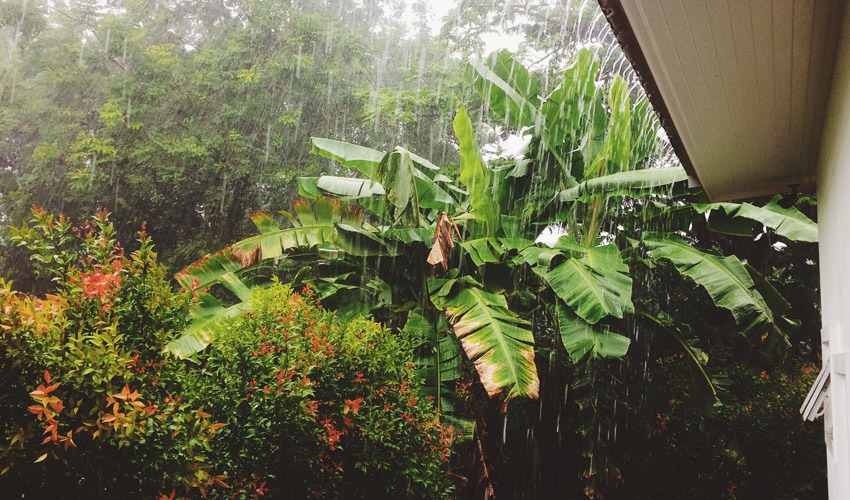July is an excellent month for seed sowing. Warm soil and high air temperatures create the perfect environment for fast germination. Long, sunny days and ample light help speed up growth, allowing you to extend your vegetable harvest and increase your supply of perennials, biennials, and exotic indoor plants for both ornamental borders and cutting gardens. Remember that the water table tends to drop this time of year, so consistent watering is key.
It’s also a great time to transplant young seedlings starting in earlier months. If you’ve been growing courgettes, squashes, or sweetcorn from seed, early July is your final window to get them in the ground so they have enough time to mature before autumn frosts arrive. This is also the ideal time to plant winter cabbages, from April to July, giving them a whole season to develop in time for harvest around Christmas.
While you can plant container-grown fruit, trees, and shrubs throughout the year, July isn’t the most favorable time due to high temperatures and dry soil. However, if you’re exploring monsoon gardening tips or what to plant in July and choose to go ahead with these, make sure to water them deeply and consistently to support a healthy establishment.
Table of Contents
ToggleVegetables to Grow in July
Lettuce
Harvest window: May to November
How to grow: Growing Lettuce and other greens are some of the fastest and easiest crops. Sow seeds continuously from March through September for a steady supply of fresh salads. Sow in shallow drills or containers. Thin the seedlings to 30 cm for heart-forming varieties, or pick the young leaves regularly from cut-and-come-again types.
Carrots
Harvest window: May to November
How to grow: July is your final chance to grow carrots for an autumn harvest. Sow seeds thinly in shallow rows of well-prepared soil or use pots filled with soil-based compost. To reduce the risk of carrot fly, avoid disturbing the seedlings by thinning them too much.
Turnips
Harvest window: May to December
How to grow: Turnips often get overlooked but offer two harvests. Both the leafy greens and roots are edible. They don’t store well, so enjoy them soon after picking. Sow seeds directly into shallow drills for a tasty winter crop.
Radishes
Harvest window: May to December
How to grow: Fast-growing and low-maintenance radishes bring a spicy crunch to salads. They’re also great for companion planting alongside other crops. You can grow radishes by sowing directly for quick results with minimal fuss.
Dwarf French Beans
Harvest window: July to October
How to grow: July is the last call for sowing French beans if you want them to produce before the autumn frosts. Choose dwarf varieties and plant them in beds or containers. Keep the soil consistently moist to support healthy growth.
Winter Cabbage
Harvest window: November to February
How to grow: Now is the prime time to plant out winter cabbages. Space them 45 cm apart, with 60 cm between rows. Gently firm the soil around the roots and water thoroughly. Use netting to shield the plants from cabbage, white caterpillars, and pigeons.
Swiss Chard
Harvest window: January to December
How to grow: Sow Swiss chard in July for autumn and early spring harvests. Plants sown now can survive winter outdoors and provide an early crop next year. Sow seeds 1.5 cm deep and 20 cm apart. Lightly cover with compost, water well, and thin seedlings to give them room to grow.
Coriander
Harvest window: July to December
How to grow: Sow coriander outdoors until October in a spot that stays cool during midday to prevent bolting. It prefers being sown directly, as transplanting can disturb its long taproot. Scatter seeds over the surface or in shallow drills and cover lightly with compost for best results.
Fruits to Grow in July
Watermelon
Harvest window: September to October
How to grow: July is a great time to sow watermelon seeds, especially in warm and sunny climates. Choose a well-draining spot with full sun, and sow seeds directly into the ground or raised beds enriched with compost. Watermelons need plenty of space to sprawl, so allow adequate room for vines. Make sure the soil is moist but not soggy. Mulching can help retain moisture and keep fruits off wet soil, reducing the risk of rot. For a quicker harvest, opt for early-maturing varieties.
Blueberries
Harvest window: July to September
How to grow: While the best time to plant blueberries is between autumn and early spring, you can still plant container-grown ones year-round. Avoid planting directly in the ground during hot, dry spells. Blueberries thrive in acidic soil, making large pots filled with ericaceous compost ideal. If planting in summer, make sure to water frequently to help the plant settle in.
Gooseberries
Harvest window: June to August
How to grow: Container-grown gooseberry bushes can be planted throughout the year, but avoid planting during intense heat or when the soil is frozen. For best results, plant between autumn and spring. If planting this month, choose a sunny or lightly shaded, sheltered location. Make sure the top of the rootball sits level with the surrounding soil and water generously after planting—and regularly—until the plant establishes.
Monsoon Gardening Tips
Here are some monsoon gardening tips to help your garden thrive during the rainy season:
- Check your drainage system to ensure water doesn’t stagnate around pots or garden beds. Standing water can rapidly lead to root rot.
- Move indoor plants outside so they can benefit from natural rainwater and fresh air, which boost their growth.
- Inspect the soil surface for green algae and remove it promptly to prevent the breeding of larvae and insects.
- Welcome earthworms! They’re a gardener’s best friend in monsoon. Earthworms naturally aerate and fertilize the soil, so don’t disturb them.
- Prune regularly to encourage fresh growth, and apply organic manure to keep your plants well-nourished.
- Protect your garden from pests, which tend to multiply during monsoon. Simple tricks like placing a small amount of kerosene near the affected area can help deter insects.
- Grow insect-repelling herbs like lemongrass, basil, and mint to naturally keep pests away and maintain a healthier garden environment.
FAQs
Can I plant seeds in July?
Absolutely! As long as the crop has enough time to reach maturity before your area’s first expected frost, planting in July can still yield a healthy harvest.
Which fruits can I plant in July?
Watermelons are a top choice for July planting; they usually mature within 70 to 100 days and do especially well in warm regions. Technically, tomatoes and zucchini are also fruits, and both can be successfully planted in July.
Is July too late to start a garden?
Not at all! While it’s later in the growing season, July can still be a great time to begin a garden. Just be sure to act fast. Prepare your soil and sow seeds or plant young starts as soon as possible. This gives your crops the best chance to grow and produce before autumn’s first frost sets in.

